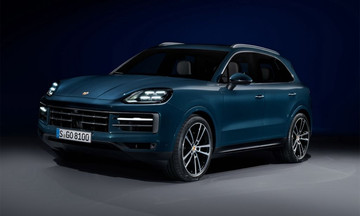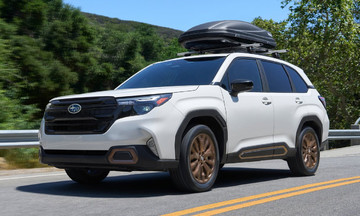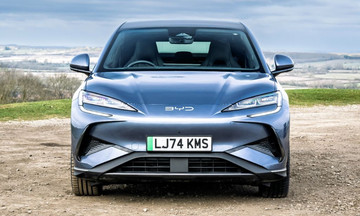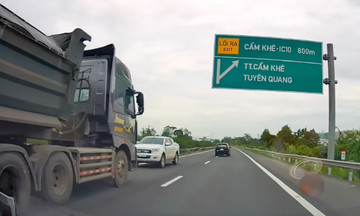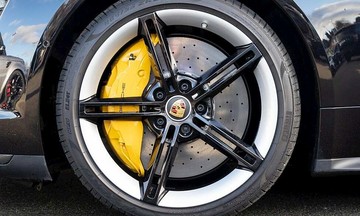A VnExpress survey conducted on 15/7 gauged public opinion on alternative transportation if Hanoi bans gasoline motorbikes within Ring Road 1 from 1/7/2026. Nearly 13,000 readers participated, 86% of whom live in Hanoi. The majority of respondents (70%) were aged 30-50, followed by 19.6% aged 18-30, and 10% over 50.
When asked about their preferred mode of transport within Ring Road 1 if the ban is implemented, respondents had three main options: public transport, ride-hailing services (using electric vehicles), and purchasing an electric motorbike. The results were as follows:
Public transport emerged as the most popular choice, with 33.6% of respondents selecting it. Ride-hailing services using electric vehicles came in second at 28.9%, followed by purchasing an electric motorbike at 24.2%. A smaller number of respondents considered other options like cycling, walking, or relocating outside of Ring Road 1.
Hanoi's current public transport system within Ring Road 1 consists of the elevated railway and buses. While the railway has limited routes and doesn't reach the core of many central neighborhoods, numerous bus routes are often overcrowded during peak hours.
Most survey respondents urged the city to improve and expand its public transport network, particularly electric buses. They suggested increasing the frequency of services, optimizing routes, and implementing shuttle services to connect Ring Road 1 with outer areas.
On 15/7, Hanoi's Vice Chairman Duong Duc Tuan announced plans to expand the public transport network with electric vehicles. The city aims to transition all buses, taxis, and 4- to 16-seat shuttle buses operating within Ring Road 1 to electric power. The urban railway system's development will also be expedited to meet travel demands as private vehicle use is restricted.
Regarding the option of purchasing electric motorbikes, most respondents hoped for supportive government policies. The most desired policy (chosen by over 66%) was a program to exchange gasoline motorbikes for electric ones at little to no extra cost.
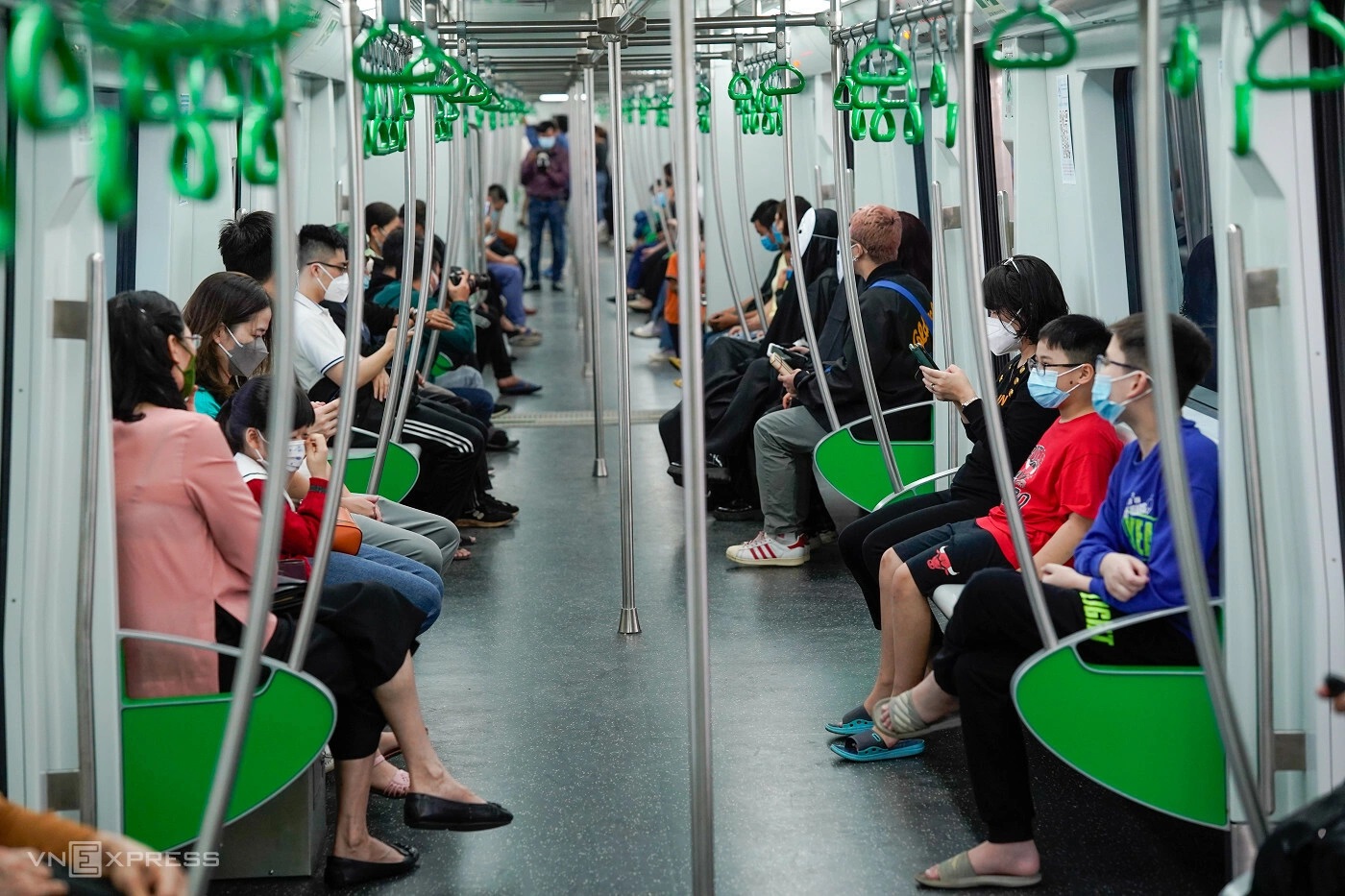 |
Commuters on the Cat Linh - Ha Dong metro line. Photo: Pham Chieu |
Commuters on the Cat Linh - Ha Dong metro line. Photo: Pham Chieu
Financial support for electric motorbike purchases, such as cash incentives, reduced interest rates on loans, and tax breaks, was favored by 46% of respondents. Examples include waiving registration fees and reducing other related charges.
Incentives for electric motorbike use, such as priority parking, free parking, discounted charging fees, and designated stopping areas at intersections, were supported by 44%.
Respondents hesitant about electric motorbikes cited several concerns: safety risks related to fire and explosions (55%), long charging times (55%), insufficient charging stations (55%), lack of home charging options (55%), rapid battery degradation (55%), high purchase prices (48%), and limited travel range (45%).
Mr. Tuan addressed these concerns, stating that the city will encourage vehicle manufacturers to offer electric vehicles with preferential pricing and operational costs. He also proposed continued exemptions and reductions in registration fees for electric vehicles. Hanoi will standardize charging and battery swapping stations for electric vehicles, incorporating safety features like fire prevention, firefighting, and rescue capabilities. Multiple companies will participate in these battery swapping stations to facilitate a smooth transition for residents.
Duc Tri



